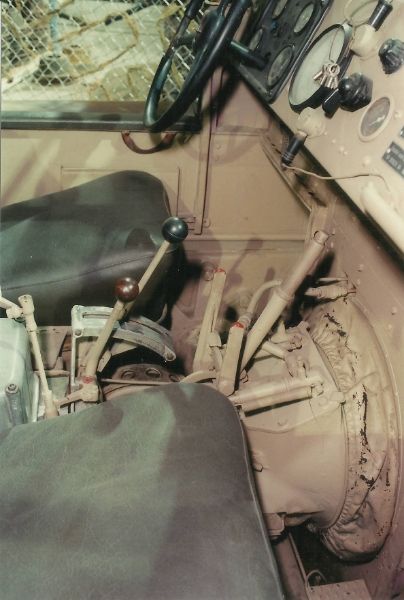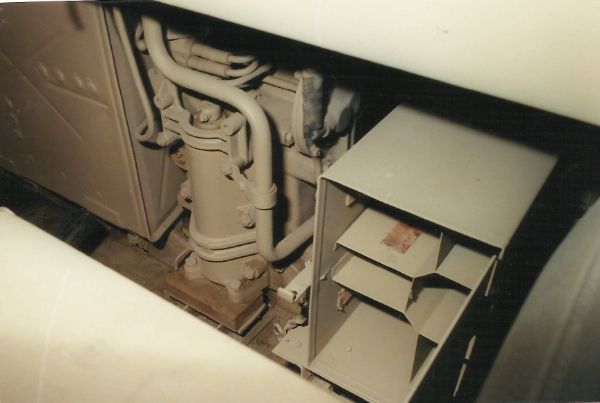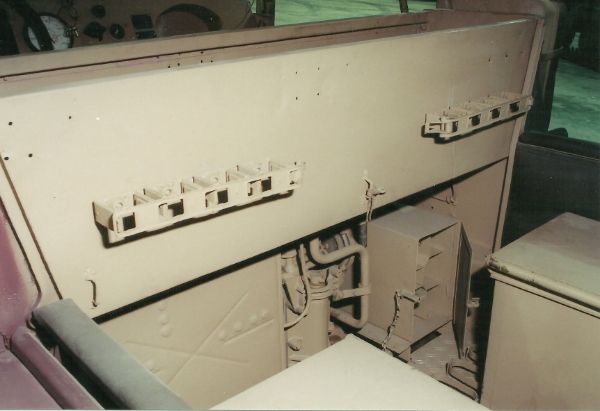
Armorama have once again sent me a kit for review, this time around it's the Italeri Sdkfz 10 reboxed by Tamiya for the Japanese market. Tamiya does this quite often for reasons unknown to me. Staff Jim did a brief video preview of what's in the box here https://armorama.kitmaker.net/features/5649 Fast forward to 1:45 if you don't want to see the other latest Tamiya offerings. As Jim notes, you get the oldish Italeri kit plus some Tamiya figures and accessories. If you've never seen the Italeri kit or derivatives but remember the ancient ESCI kit, let me assure you the Italeri kits are originals and nothing is borrowed or reworked from the ESCI kits.
Having said that, lets get into some general observations before we start gluing. I tried to get sprue shots, but my camera is being less than cooperative for these kind of pics. Moving along, you get several sprues in light grey plastic which is a tad soft for my liking, link and length tracks and the stuff shown in the video. Molding on the half track is not quite up to current standards; my example has a bit of shift and there is some flash to be found and some of the parts could be crisper. However, there are plenty of fine details as found in most Italeri kits. The instructions have been redone by Tamiya and are what you would expect from them: clear and with colour call outs.
This will be a mostly OOB build (famous last words) and I will point out accuracy issues and suggested fixes as needed. Looking over the instructions I decided to alter the assembly sequence a little bit, more on that as we go. For references I'll be using some nice walk arounds on Prime Portal and Panzer Tracts 22-1. Let's get cracking.
The instructions have you start with the floor tub that gets dropped into the one piece lower hull. Detail is adequate but can be improved with a little scratch building or of course pe sets for which there are quite a few choices. A couple of sink marks were found on drive covers. These are a bit tricky to fill, not much room here.


The dash and firewall go together easily enough, again detail is the same as above. 3 immediate problems: the larger dial needs to have the raised detail removed, you get a decal which is nicer, but not 100% accurate either. No foot pedals and there is a bit of a gap between the transmission housing and shaft cover. The dial was sanded down with a flat diamond burr and the gap was more or less eliminated with judicious sanding of the tabs and the transmission face.

The gear levers are again adequate, if not slightly thick (easily replaced with stretched sprue and strip etc) and the gear cover is over simplified. Overall, not a bad impression of this area. The seats are somewhat clunky, I think they should have some sort of buttons and so on for the cushions. The frame is molded on and looks a right mess. I will replace that with stretched sprue, much easier than trying to sand it to a round profile. The front side supports/racks need to have the pins sanded down for a better fit with the end caps.


Moving on to the lower hull I noticed something funky with the fenders. The shape is off in 3 ways, the photos below should illustrate this. The overlays are from Panzer Tracts 22-1 for discussion purposes only.



I decided to leave them as is, there would be too much involved to try to get them accurate. In Italeri's defence, their reference example may have had simplified fenders made by a sub contractor or refurbished after the war. In any case, they aren't right for what is purportedly an Ausf A if I'm understanding my refs correctly.
One thing to improve the look of the fenders is to thin them from underneath and to blend some of the curves a little more by scraping.

While stuff was drying I got on with the wheels and a few other pieces. The wheels are adequate, the tread detail could be a little more defined. You need to eyeball the offset on the tread halves and fill in ejector pin marks on the backsides of the hub. You will find quite a few ejector marks that need to be dealt with on this kit. Resin replacements abound for the myriad tread types should you so choose. The grill needed to have the slats opened up a little as some were flashed over and a sink mark filled in on the top. As you can see, I started on the rear cargo bays. The whole rear end is a multi piece affair that looks to be fun alignment wise and thus chose to glue up these first and then attach to the fenders after the fenders are attached to the hull.

So, a decent start to what should be another fun little exercise. As always, comments and questions are welcomed. I should be able to squeeze in a few hours over the next couple of days so stay tuned.
Kimmo
































































































































